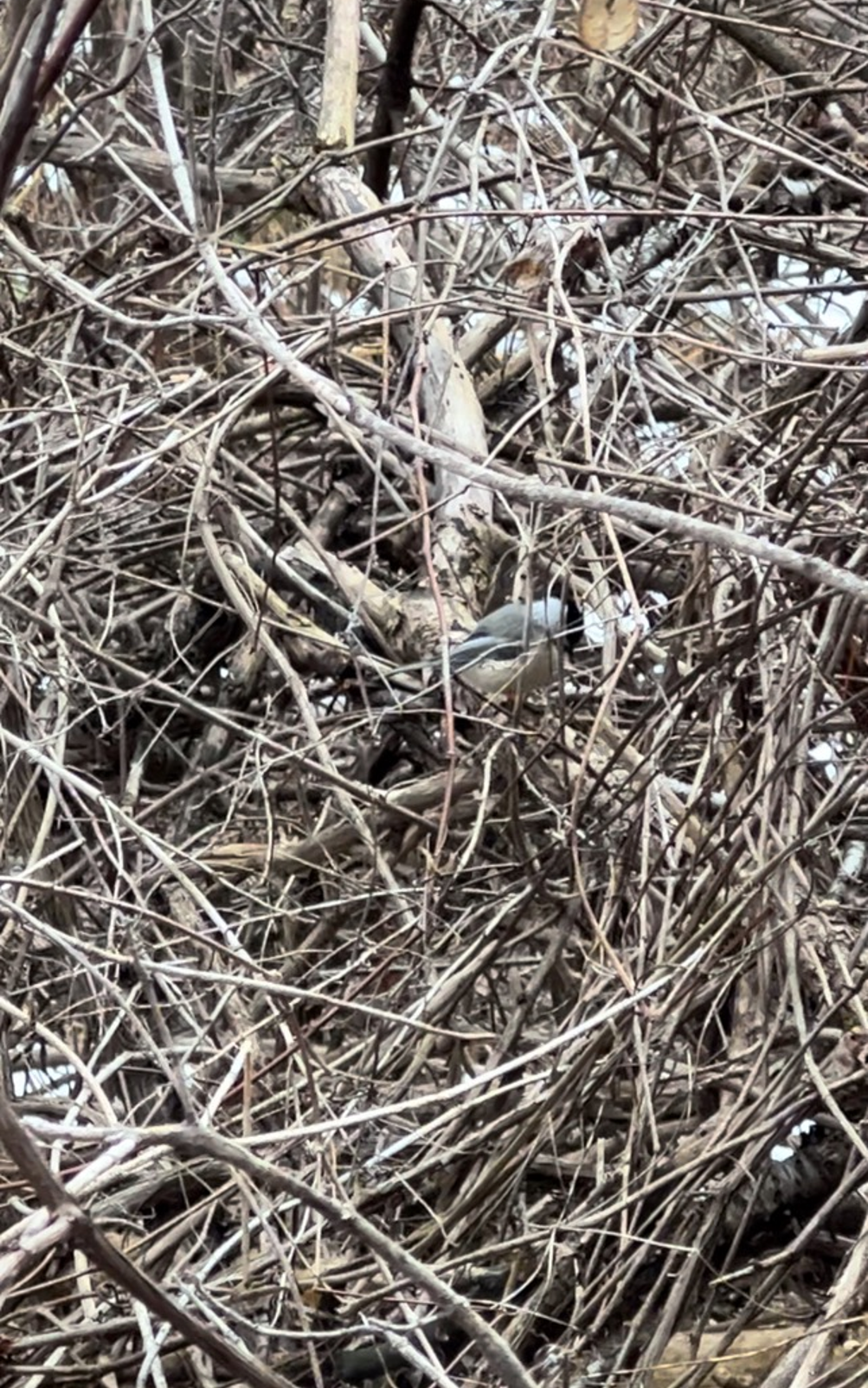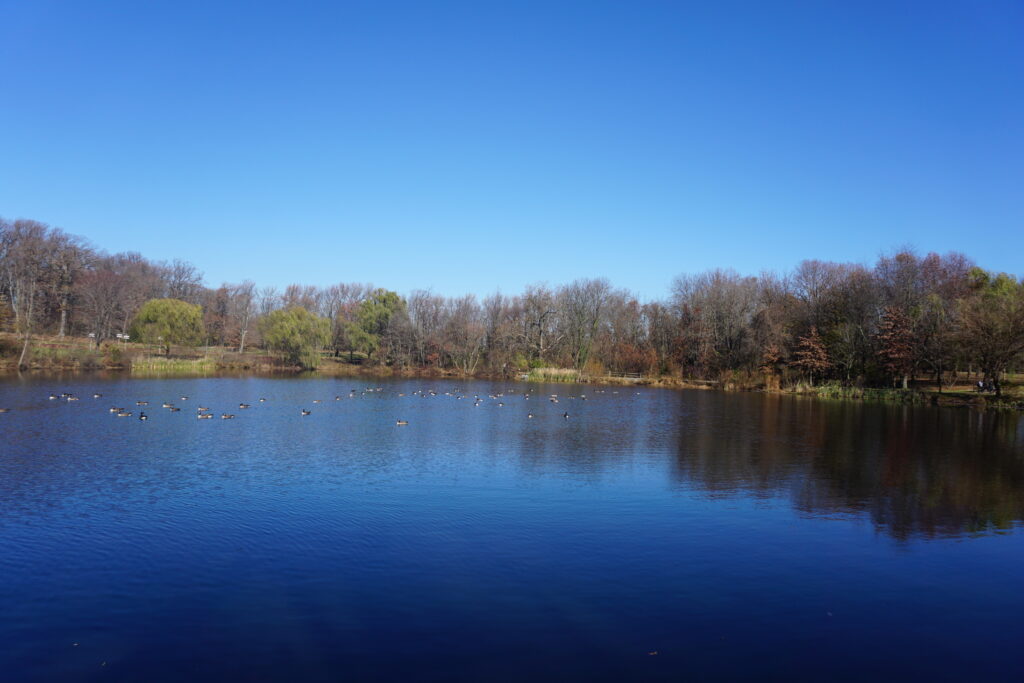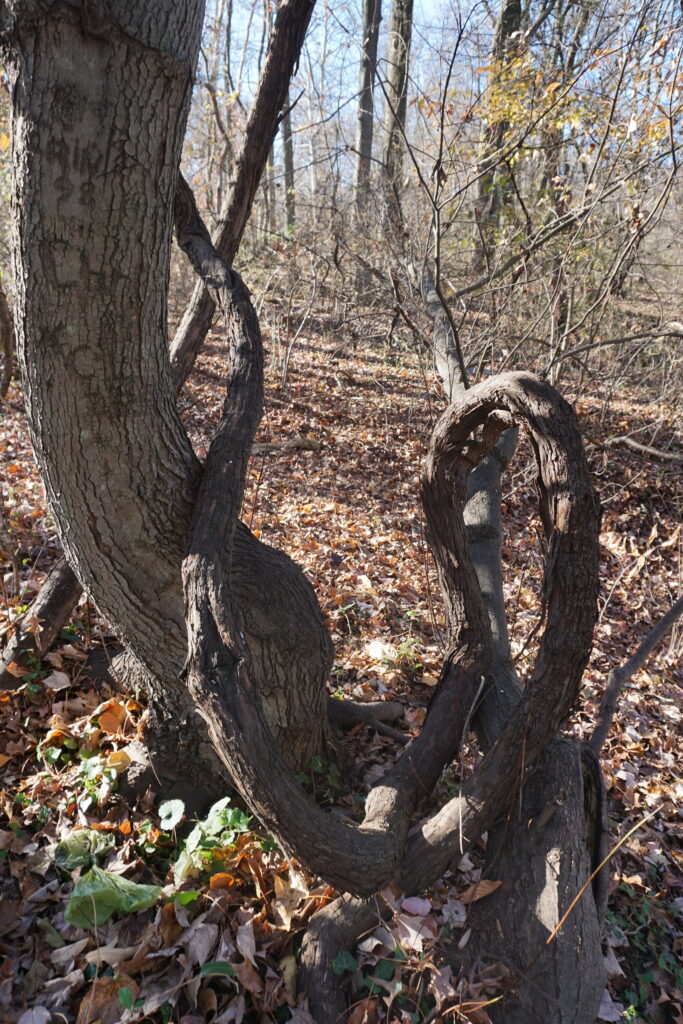During the four-day BioBlitz, I explored a few different areas of Burlington. I started with species right in front of my dorm, and then further across campus towards Athletic and even at Outlook Park. My experience with iNaturalist was kinda rough in the beginning as I kept taking pictures with my camera, then uploading it to my laptop and then finally iNaturalist. After I figured out I could just use the app on my phone to take pictures and upload my life got wayyy easier. I found the different species that other cities found interesting. I found it interesting the different species that other poeple found around the world as a lot of them aren’t native here, so poeple residing here might not know they exist.






















